I have fetched this roll number section from the OMR sheet

Now, my main task is to recognize handwritten digits and return the roll number value as text in Python. I tried using pytesseract. But, it is not giving proper results.
Here is my sample code
import cv2
import pytesseract
def recognize_digit(image):
## Preprocess the image for OCR
gray = cv2.cvtColor(image, cv2.COLOR_BGR2GRAY)
clahe = cv2.createCLAHE(clipLimit=0.9, tileGridSize=(8, 8))
equalized = clahe.apply(gray)
threshold = cv2.threshold(equalized, 0, 255, cv2.THRESH_BINARY_INV + cv2.THRESH_OTSU)[1]
denoised = cv2.fastNlMeansDenoising(threshold, h=0)
# Remove horizontal
horizontal_kernel = cv2.getStructuringElement(cv2.MORPH_RECT, (24,1))
detect_horizontal = cv2.morphologyEx(threshold, cv2.MORPH_OPEN, horizontal_kernel, iterations=2)
cnts = cv2.findContours(detect_horizontal, cv2.RETR_EXTERNAL, cv2.CHAIN_APPROX_SIMPLE)
cnts = cnts[0] if len(cnts) == 2 else cnts[1]
for c in cnts:
cv2.drawContours(image, [c], -1, (255,255,255), 5)
cv2.drawContours(denoised, [c], -1, (0, 0, 0), 5)
cv2.drawContours(threshold, [c], -1, (0, 0, 0), 5)
# Remove vertical
vertical_kernel = cv2.getStructuringElement(cv2.MORPH_RECT, (1,25))
detect_vertical = cv2.morphologyEx(threshold, cv2.MORPH_OPEN, vertical_kernel, iterations=2)
cnts = cv2.findContours(detect_vertical, cv2.RETR_EXTERNAL, cv2.CHAIN_APPROX_SIMPLE)
cnts = cnts[0] if len(cnts) == 2 else cnts[1]
for c in cnts:
cv2.drawContours(image, [c], -1, (255,255,255), 5)
cv2.drawContours(denoised, [c], -1, (0, 0, 0), 5)
cv2.drawContours(threshold, [c], -1, (0, 0, 0), 5)
cv2.imshow('X', denoised)
cv2.waitKey(0)
cv2.destroyAllWindows()
# Apply OCR using Tesseract
config = "--psm 7 --oem 3 -c tessedit_char_whitelist=0123456789"
text = pytesseract.image_to_string(denoised, config=config)
return text.strip()
# Read the image
image_path = 'aligned_image.jpeg'
image = cv2.imread(image_path)
# Define the region of interest (coordinates of the desired region)
x, y, w, h = 4, 4, 800, 100
# Crop the image to the defined region
roi = image[y:y+h, x:x+w]
# Recognize the handwritten digit within the cropped region
recognized_digit = recognize_digit(roi)
# Print the recognized digit
print("Recognized digit:", recognized_digit)
How can get proper solution for this.